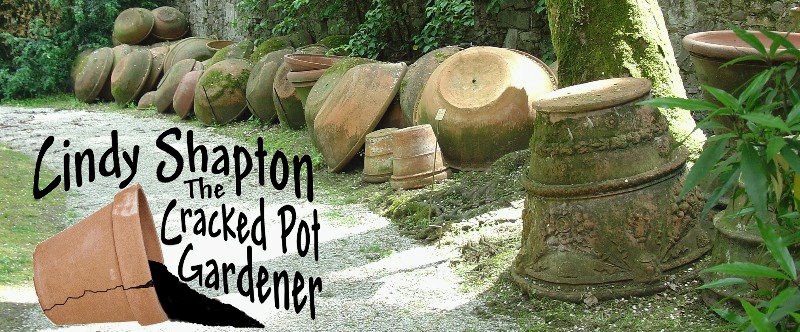While at our annual Master Gardener Fish Fry at Carnton in Franklin a fellow garden enthusiast brought a couple of leaves and flowers in hopes that someone would be able to identify a plant that had decided to sneak into his garden.
When it got passed to me, I decided to accept the challenge. I didn't recognize it but grabbed a napkin and a pen and got an email address so when I figured it out I could let David (fellow mg)
know.
When I got home I started checking in some of my wildflower identification books - usually a plant that shows up in the garden is a wild something that may be common to a native plant person but to the rest of us it is something new and exciting. So wildflower, native and weed identification books are best to start with.
David mentioned that he didn't recognize the plant when it came up but his curiosity allowed the plant to mature - good news for the plant! Gardening is often like a treasure hunt - you just never know what you might find growing where you least expect it and what if it is something really stunning?
Stems are often helpful in cases of plant ID as is placement of the leaves on the stems but I did think to ask David how tall the plant was, if it was multi-stemmed or single and when the flowers bloomed. He told me the plant was multi-stemmed, about 3-4 feet tall and had been blooming for at least a month. The clump of flowers was pudgent but not really fragrant and nothing I could relate it too with the herbs I have known.
What do you think it is? (sorry, it is a little dried up in the picture)
Fortunetly I found a picture and complete discription in Wildflowers of Tennessee by Jack B. Carman that I felt fairly confident was the right plant or a least a very close cousin...a member of the Aster family.
The univited guest plant is a Pale-Flowered Leafcup, Polymnia canadensis L. This perennial grows 2 to 7 feet tall and blooms Jun-Oct. It is common in moist woods, barrens, glades and limestone regions. This sneaky flora is found in Middle and East TN.
Whew, mystery solved...
Monday, September 15, 2008
Subscribe to:
Post Comments (Atom)


2 comments:
Good thing "Sherlock Shapton" was on the case!!
Glad you approve Watson!
Post a Comment